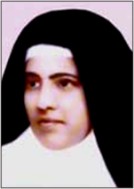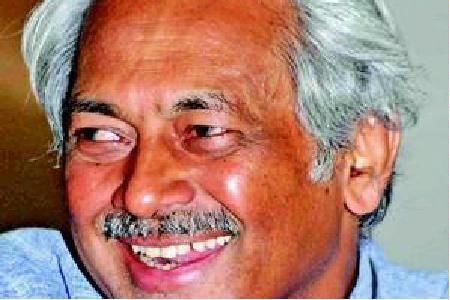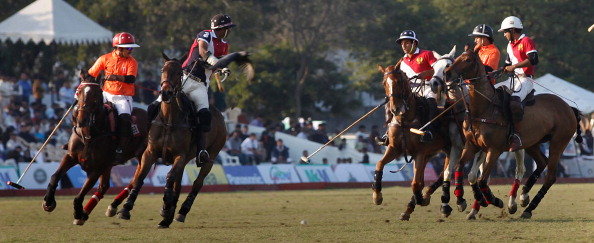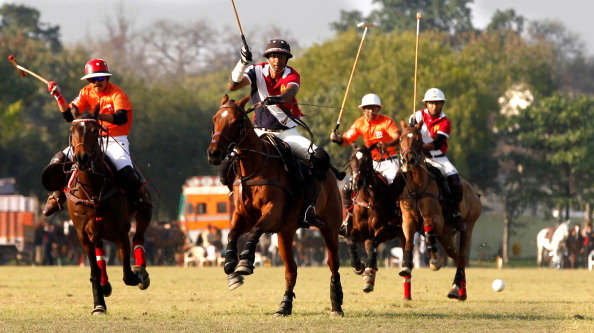It is vital for a business to identify would-be consumers who might be looking for services or products it offers, says a new book.
The deceptively simple question, ‘Who is my customer?’ is perhaps the trickiest one as far as business model exploration is concerned. If you decide to own a taxi or an auto in an Indian town, this question may not bother you so much. Anyone on the road who is waving is your customer. Or if you are seasoned enough, you may be able to figure out who among those standing at a bus stop are potentially your customers. But what happens when you decide to run a helicopter taxi business? Who is your customer?
The question becomes even trickier when you know that there is nobody waking up saying, ‘I want to go from Bengaluru to Kabini River Lodges, let me find a helicopter taxi.’ Captain Gopinath, the pioneer of low-cost commercial flights in India and founder of Air Deccan, has narrated the story of how he figured out who the customer for his helicopter service would be in his autobiography Simply Fly.
Several user scenarios came to Gopinath’s mind – VIP visits, surveys for power and gas lines, tourism, surveys for land-use mapping, aerial photography etc. The service was launched after clearing hurdles, such as getting a licence from the government, putting a team together, financing the project, getting a hangar ready, leasing a helicopter etc. Creating a business plan on paper and having a customer willing to hire a helicopter taxi and pay Rs 35,000 per hour are two different things. One event made Captain Gopinath understand the customer better.
The CEO of a large multinational bank was to visit India and the local office of the bank wanted to arrange an outing for his wife during his visit. The programme the Air Deccan team came up with included a visit to the royal palace in Mysore, followed by lunch; then a flight to a game sanctuary nearby; a barbeque on the Kaveri’s banks and then a return flight to Bengaluru before dusk. The India head of the bank liked the proposal but was not so sure about its actual execution.
The bank’s headquarters would not go by just the India head’s approval so one team was flown in to do an audit of Air Deccan’s systems and another one to carry out a security audit. Air Deccan passed both. In the event, the CEO’s wife had a great experience as Jayanth, the Air Deccan pilot, was not only an excellent pilot but a capable tourist guide and conversationalist as well. In this way, over a period, Air Deccan came to understand the needs of global CEOs better. Subsequently, Air Deccan learnt that global CEOs were not the only type of VIP customers they were to get. One of Air Deccan’s customers was Sai Baba of Puttaparthi.
Understanding who will look for the services or products you offer and why they will come to you instead of going to your competitor is an important aspect of the business model exploration. Sometimes you get lucky and a global CEO comes to your doorstep sooner than you expected and that defines who your customer is. As you start serving global CEOs you may end up asking, ‘Why isn’t any survey-related work coming our way?’ And that exploration may lead you to a different customer. For example, within two years of its launch, Air Deccan built a diverse portfolio of contracts like aerial survey, aerial photography, support to oil rigs, geophysical survey for mining, logistics support and medical evacuation apart from, of course, heli-tourism.
What if Captain Gopinath wasn’t so lucky and the global CEO hadn’t turned up so soon? It was quite possible. However, it is important to note that Captain Gopinath had identified at least six different customer categories as possible use cases for his helicopter taxi idea. Thomas Edison did something similar when he invented and built his first prototype of the phonograph in 1877. He wrote ten possible uses of the phonograph in the North American Review in 1878. They were: (i) Letter writing/ dictation (ii) Audio books (speaking to the blind) (iii) Teaching elocution (iv) Music reproduction (v) Family record-sayings from members of the family (vi) Music boxes/toys (vii) Clocks that time everyday activities (viii) Language preservation (ix) Education (x) Connection with telephones. Only one of them – reproduction of music – became a commercially viable business model during the lifetime of Edison.
source: http://www.business-standard.com / Business Standard / Home> Management> Features> B-School / by Ankita Rai / April 15th, 2013







